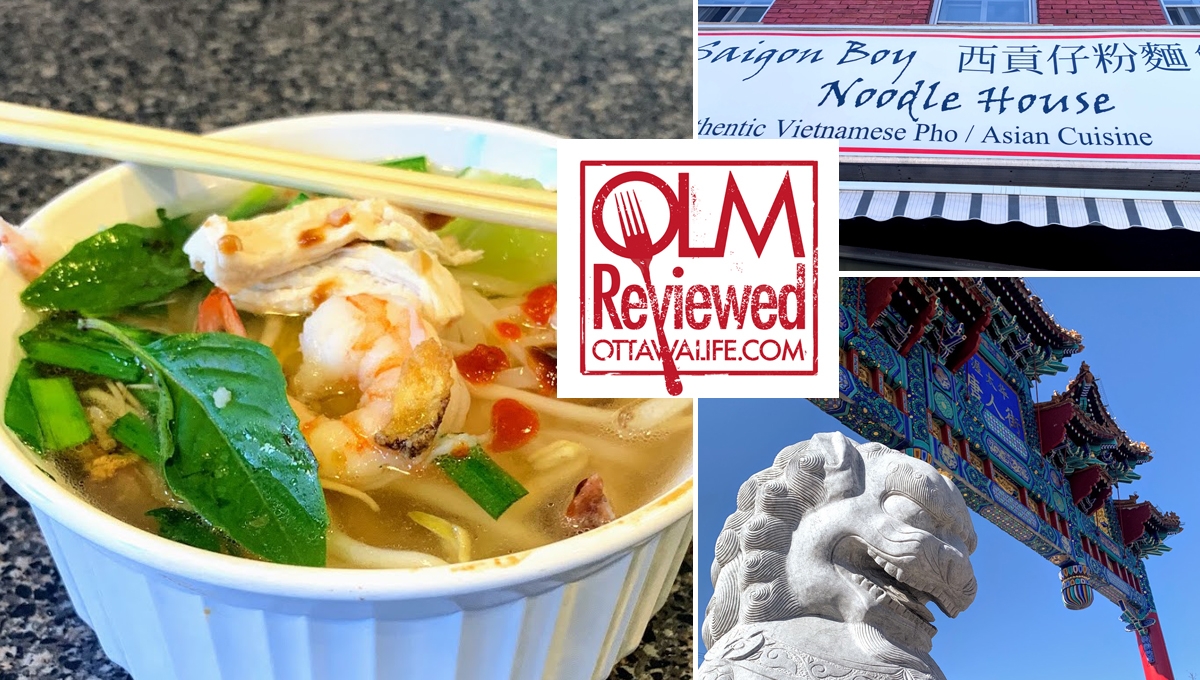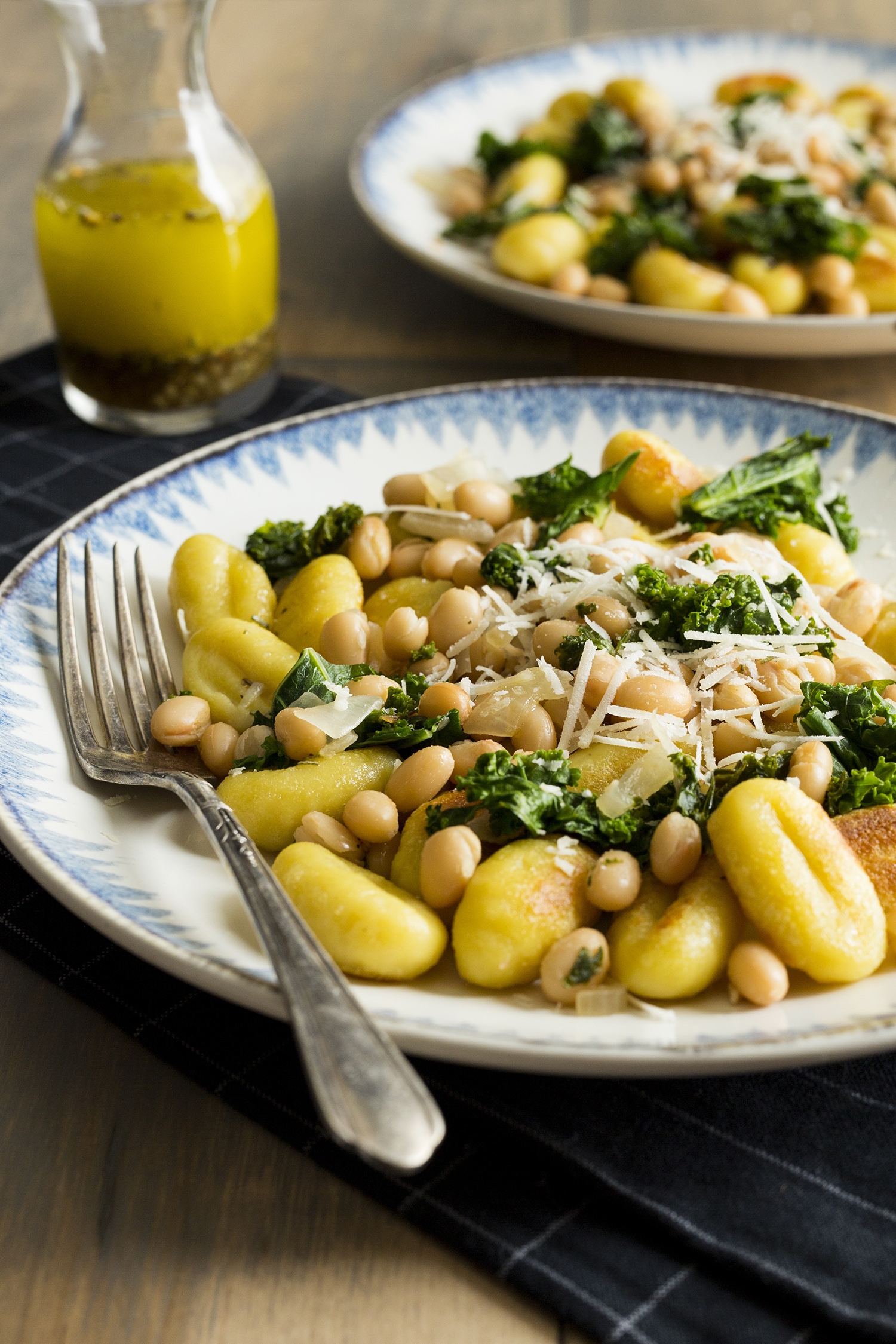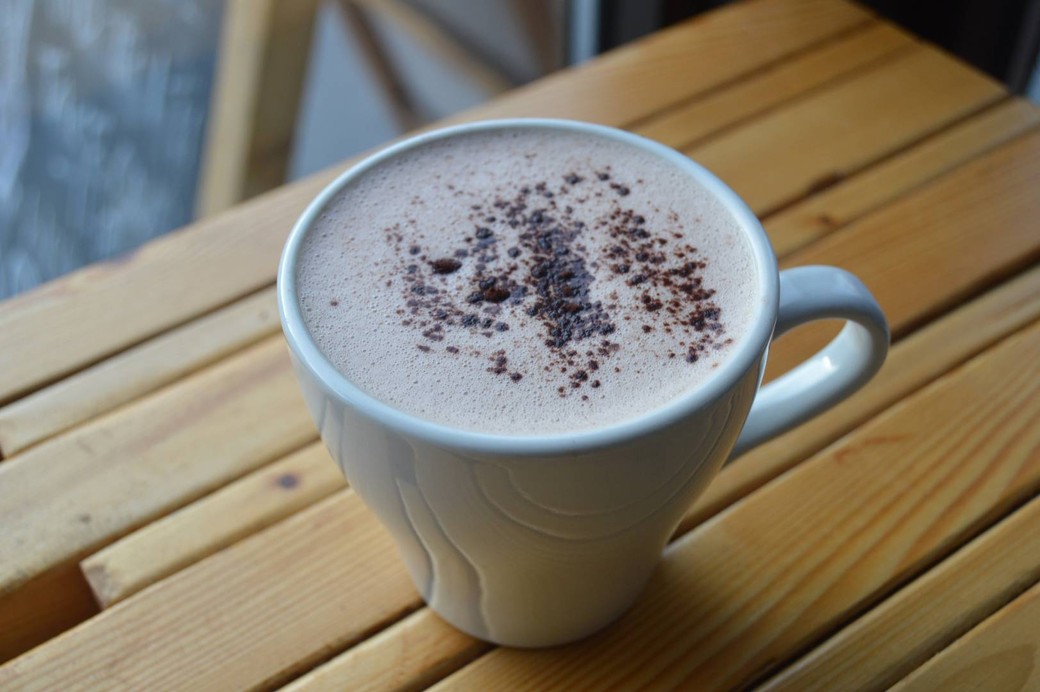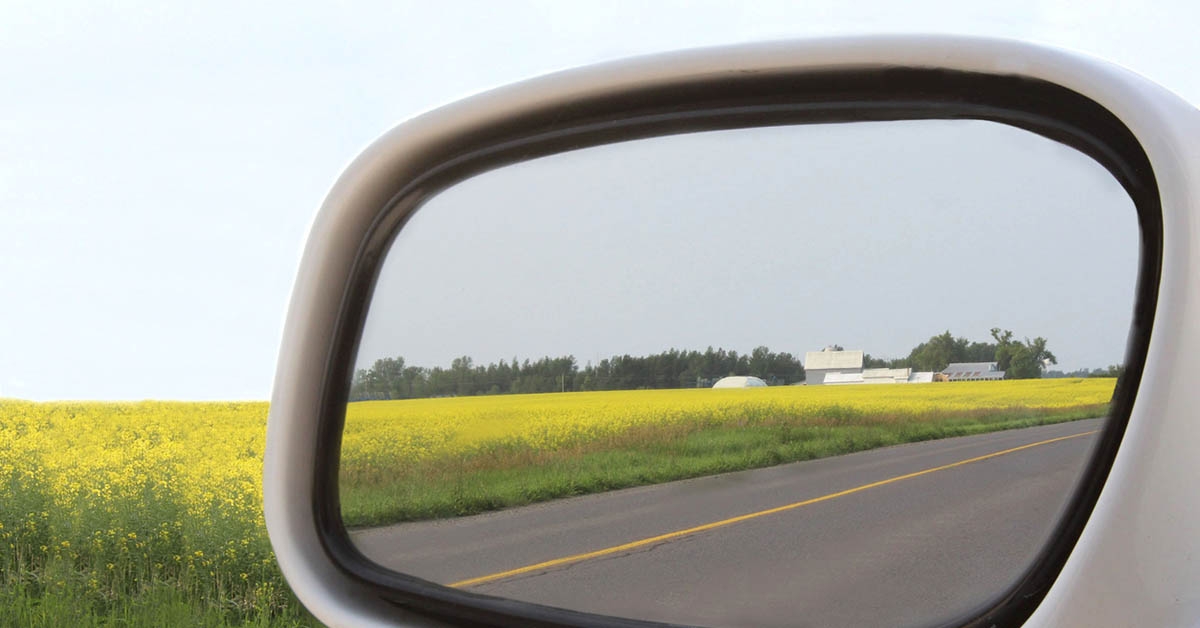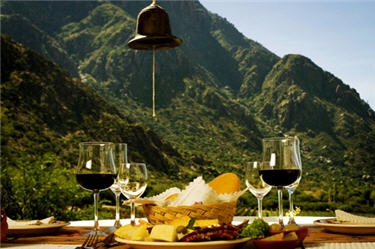
Argentina, More than just Malbec
By now most consumers have seen the signage announcing the LCBO’s Argentina promotions – the word Malbec is, after all, displayed all throughout. The Argentineans have made a name for themselves from this French grape, which can also be found in its traditional home of Cahors, France, and is also a relatively minor player in Bordeaux blends which can consist of: Cabernet Sauvignon, Cabernet Franc, Merlot, Petit Verdot and Malbec. We have to hand it to the Argentinians because just like the Aussies and Kiwis before them, they took a French grape and made it their own. For those keeping track, Australia ‘adopted’ Shiraz, known as Syrah in the southern France region of The Rhone Valley and the New Zealanders grabbed Sauvignon Blanc from the Loire Valley.

Why were these grapes so plump for the picking? Because the French have some really inane wine laws, unlike Ontario mind you, who dictates what goes onto the label of each bottle of wine. One of the things not allowed, for example, is the grape’s name. Hence one must know which wines from the Rhone were Syrah dominant (Northern) and that Loire bottles were made from the crisp Sauvignon Blanc variety. New world producers aren’t so rigid about their labelling, and in fact, aside from wines with a proprietary name, most wineries are proud to put the grape variety right on the front label so the consumer always knows that each bottle contains Chardonnay, Pinot Noir, Cabernet Sauvignon, Riesling or any other grape variety. By the same token, wines from the Cahors region are primarily Malbec-based, something very few people are aware of.
Which brings the discussion back to Argentina, where they have absconded with the grape and put it front and centre on many of their wine bottles. Now if you’ve never tried Malbec then you are truly missing out on one of the finer things (I’ll have some recommendations for you in my weekly selections below), but Argentina, although proud of their Malbecs, makes so much more.

Let’s start with two grapes that will become more and more familiar over the next few years: Torrontes and Bonarda. Torrontes is Argentina’s signature white grape – smells are spicy and floral while the palate usually confirms those smells, though it is more subtle and softer than the usual blaze of glory rose petal you find in a full blown Gewurzt. Two that are in the market now are the Tilia Torrontes 2010 ($12.95 – General List – ***1/2) and the La Puerta 2010 Torrontes ($8.95 – GL – ***1/2). There is another available by consignment, Canale Black River 2010 Torrontes ($10.99 – Lifford Wine Agent) that is quite good as well.
The other grape is red and produces some of the juiciest, fruitiest wines and, for the moment, does it for a great price. I tried this grape for the first time a couple of years ago in the presence of Laura Catena, daughter of the godfather of Argentinean wines. The name of the grape is Bonarda and it is worth searching out either by itself or as part of a blend. The La Puerta 2009 Alta Bonarda ($14.95 – Vintages April 2010 – ****+) is a lovely example of pure Bonarda with red fruit, hints of spice and good balancing acidity. Blended it seems to add beauty to the mix and you can find it in the Trivento 2009 Amado Sur Malbec ($15.00 – Vintages January 2012 – ****+) a lush, smooth blend made from 73% Malbec, 15% Bonarda and 12% Syrah.
However, aside from Bonarda and Torrontes, Argentina, like many New World wine producing nations, are also producing a multitude of grape varieties at unbelievable prices.

Wines to look for in the coming months include the Zuccardi 2010 Series A Chardonnay/Viognier ($14.95 – Vintages March 2012 – ****) which is fruity as all get out with lovely vanilla undertones. Finca Flichman 2007 Paisaje de Barrancas ($17.95 – Vintages Sept, 2011 – ****+) a blend of Syrah, Malbec and Cabernet with nice smoky, vanilla, white pepper and black raspberry. And the Alegoria 2007 Gran Reserva Cabernet Sauvignon ($19.95 – Vintages Now – ****+) minty, black cherry, smooth and enjoyable with a lovely seam of chocolate.
Something I hope to see on shelves soon is the Don Cristobal 1492 Chardonnay 2011 (~$12.95 – ****+) fresh and lively with lots of pear, peach and banana chips notes; an absolutely yummy fruit on the palate that parallels the nose. Here’s hoping the powers that be pick this one up so and we can all enjoy a few bottles for next summer.
This Week’s Selection(s):
Two Mabecs worth picking up on a regular basis (available on the Vintages Essentials list) are the Kaiken 2009 Reserve Malbec ($14.95 – #58339 – ****+), both of which are a great example of a pleasurable and inexpensive Malbec: spiced black cherry, strawberry and vanilla – this one is easy drinking and a good place to start. Take the step up with the Catena 2008 Malbec ($19.95 – #478727 – ****+) a real beauty for a higher price; darker fruit, more peppery notes and rich spiced raspberry finish. It is a little bit on the jammy side but delicious. Finally, if you want to taste the wine from its traditional home, pick up Rigal the Original Malbec ($11.95 – #159178), a general list wine that I have tried and enjoyed in previous vintages.

